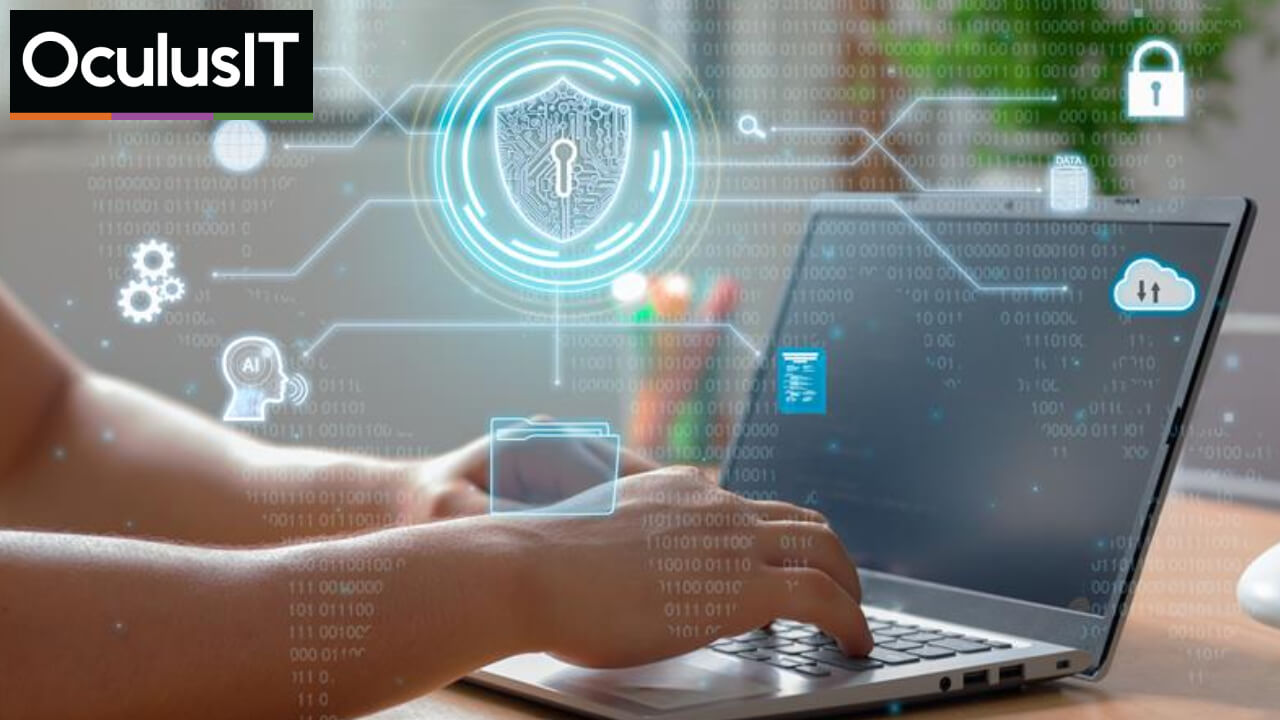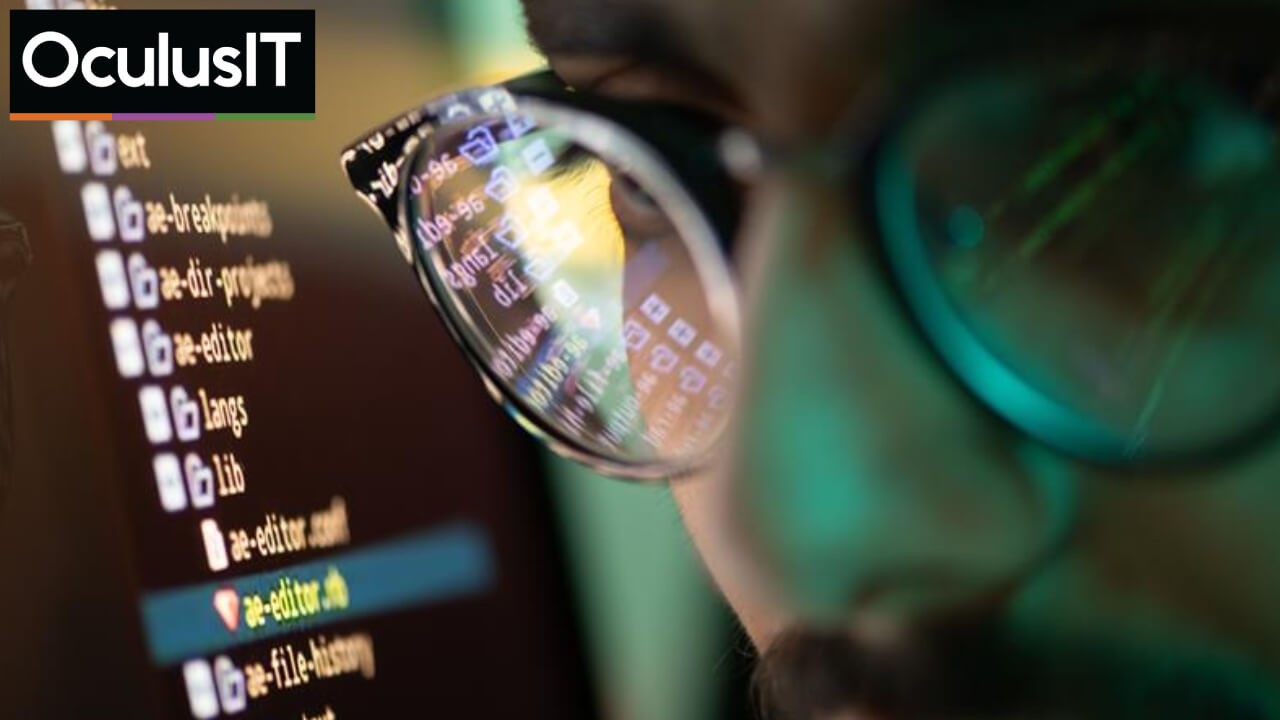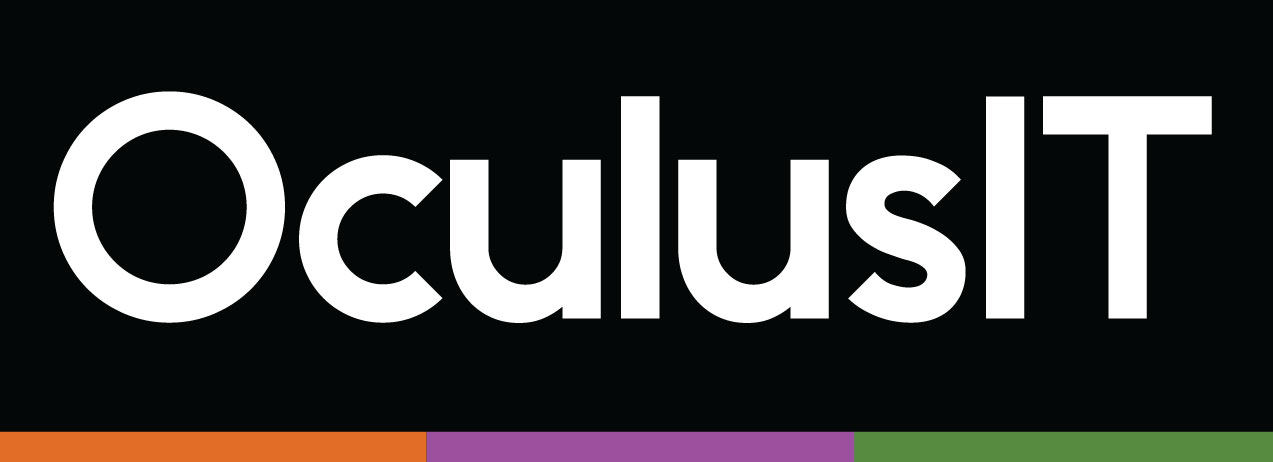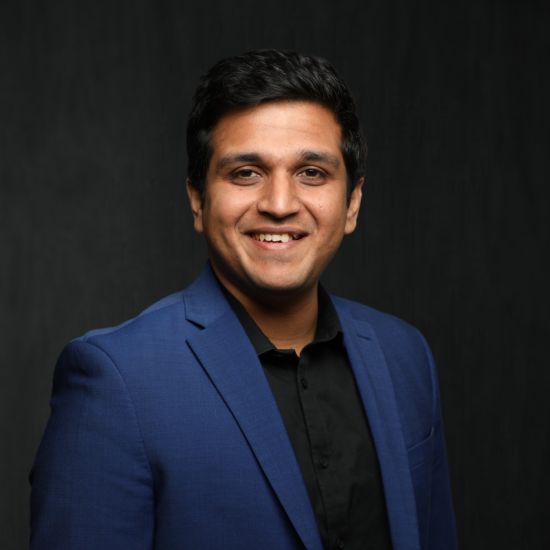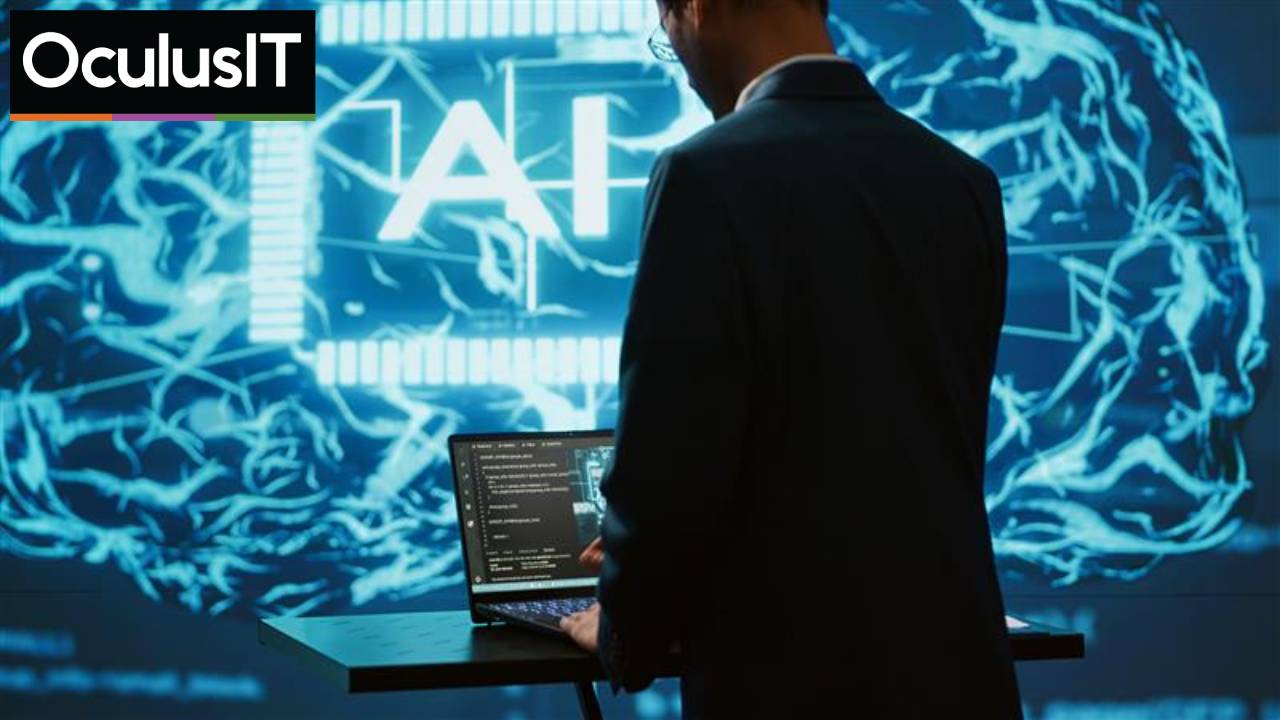
AI Is Rewriting the Rules of Campus Security: Here’s How CIOs Are Responding
August 11th, 2025
Reading time: 4 Minutes
When it comes to cybersecurity, higher education is facing a new wave of complexity. AI-powered tools are not just changing how institutions operate. They are also transforming how cybercriminals attack. From automated phishing to deepfake-driven fraud, threats are evolving faster than traditional campus defenses can keep up.
With legacy security measures stretched thin and new vulnerabilities emerging almost daily, many college CIOs are rethinking what “cyber-ready” really means in 2025.
The Rise of AI-Driven Threats on Campus
As colleges and universities adopt AI for academic research, student engagement, and operational efficiency, threat actors are also using these same tools to scale attacks.
What is changing:
- Phishing emails written by AI are harder to detect, more personalized, and capable of bypassing traditional filters.
- Synthetic impersonation using AI or deepfake tools that trick staff into releasing sensitive data or approving unauthorized actions
- AI-generated malware is growing more evasive, capable of adjusting its code in real time to avoid detection.
These threats are not theoretical. In recent months, U.S. colleges have reported growing concerns about impersonation scams, unauthorized access attempts, and AI-driven reconnaissance. These incidents all point to the need for smarter, more adaptive defenses.
Why Traditional Cybersecurity Approaches Are Falling Short
Many institutions still rely on static controls like outdated firewalls, manual patching, and siloed IT teams. These measures are not built to counter intelligent, learning-based attacks that change tactics quickly.
Key limitations include:
- Delayed detection due to lack of real-time analytics or around-the-clock monitoring
- Overloaded internal teams juggling compliance, systems management, and threat response
- Fragmented security frameworks with no centralized view of campus risk
CIOs know that staying ahead of modern threats requires more than software updates. It requires a cultural and strategic shift. This includes AI-enabled defenses, predictive analytics, and continuous security operations.
How Forward-Thinking Institutions Are Responding
To stay resilient, colleges are beginning to embed cybersecurity deeper into institutional strategy. Here is how:
1. Investing in Always-On Security Operations Centers (SOCs)
Campus IT teams cannot monitor every alert at all hours. That is why many are partnering with Managed Security Service Providers who operate real-time SOCs that combine human expertise with AI detection tools.
These centers can flag unusual behavior, escalate threats, and respond to incidents before they cause damage. This reduces downtime and recovery costs.
2. Engaging Virtual CISOs for Strategic Oversight
With evolving regulations such as GLBA and increasing board-level scrutiny, higher ed CIOs are tapping into vCISO services for risk governance, policy building, and long-term planning. This provides institutions with access to executive-level security guidance without hiring full-time staff.
3. Proactively Simulating AI-Enabled Attacks
Some colleges are running controlled phishing and social engineering campaigns using AI-based tools to test their campus readiness. These exercises reveal weak spots in user awareness, authentication methods, and escalation protocols.
4. Adopting Zero Trust Frameworks
Institutions are moving away from perimeter-based defenses and embracing Zero Trust. This “never trust, always verify” model limits lateral movement within systems. Combined with multi-factor authentication and continuous monitoring, Zero Trust provides a strong foundation against both insider and outsider threats.
From Reactive to Resilient: A Shift in Mindset
Higher education can no longer afford to treat cybersecurity as a compliance checkbox or a basic IT task. It is now a mission-critical function that safeguards institutional reputation, student privacy, and operational continuity.
CIOs are recognizing that AI is not only accelerating threats. It is also enabling smarter defense. With the right partnerships, strategies, and tools, colleges can turn this technological shift into an opportunity to build a more secure and agile future.
Ready to Strengthen Your Campus Cyber Strategy?
Talk to our cybersecurity experts to learn how OculusIT’s Security Operations Center, vCISO services, and AI-powered threat monitoring can help your institution stay ahead of emerging risks.
Recent Articles

Rebuilding ERP Support in 2025: What CIOs Need Beyond Implementation
August 4th, 2025

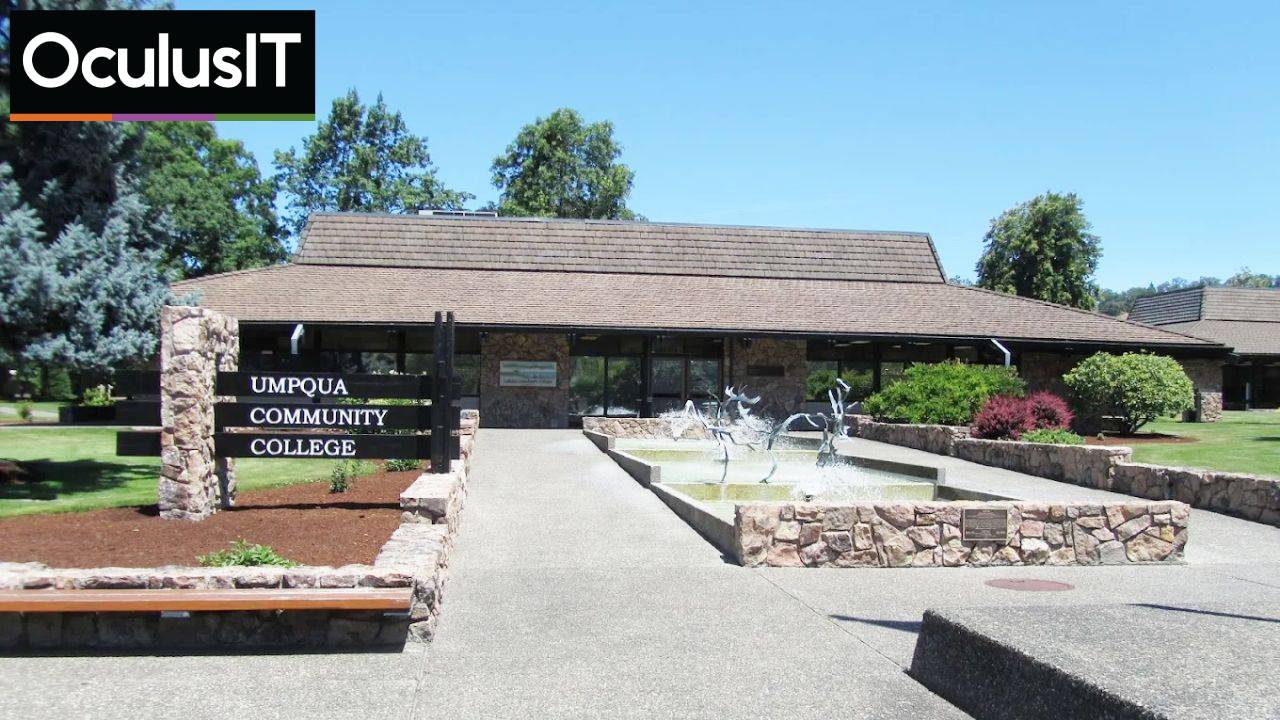


How Colleges Leverage Summer to Upgrade IT Before Fall 2025
July 7th, 2025

Balancing Learning Analytics with Student Privacy in EdTech
June 30th, 2025
